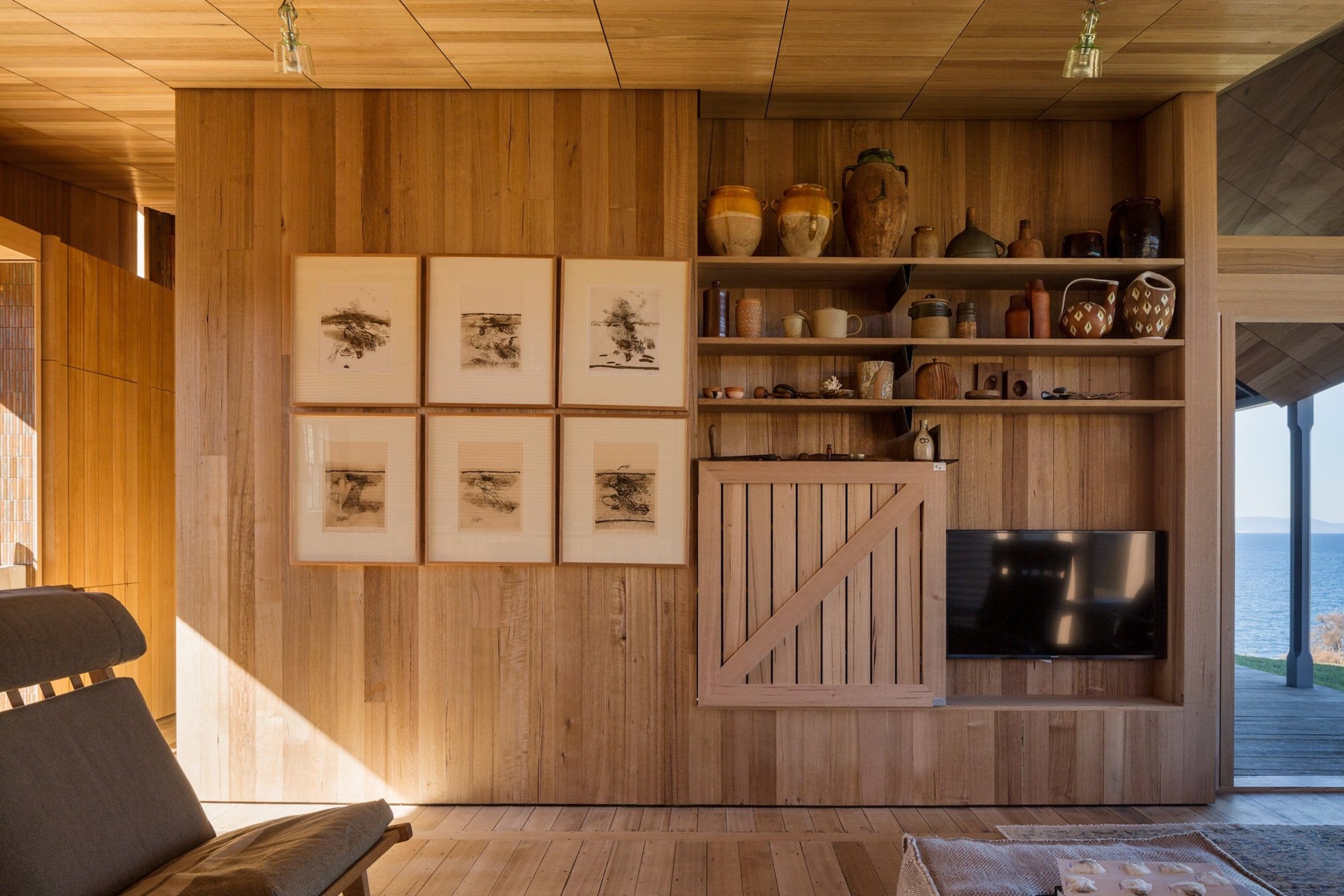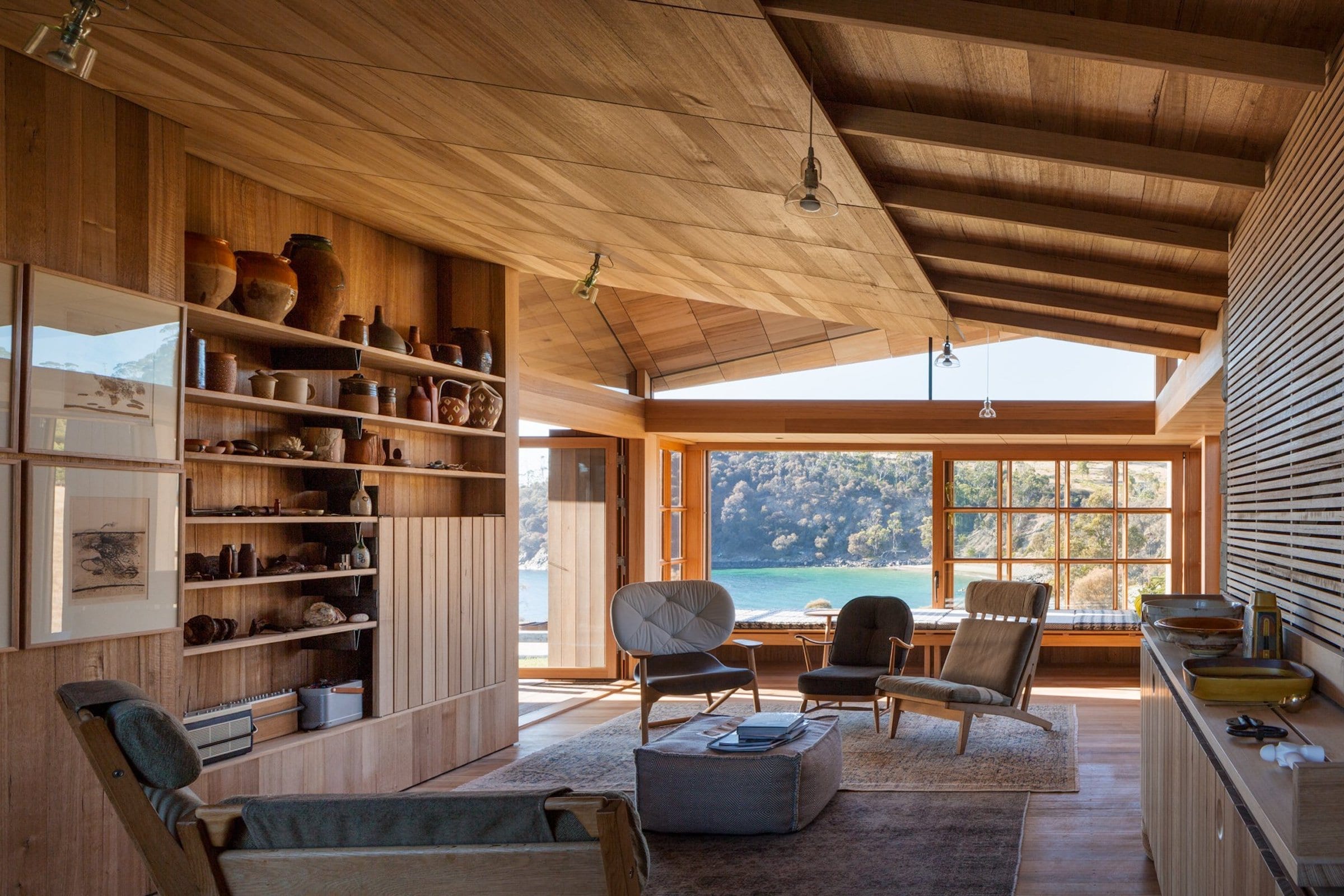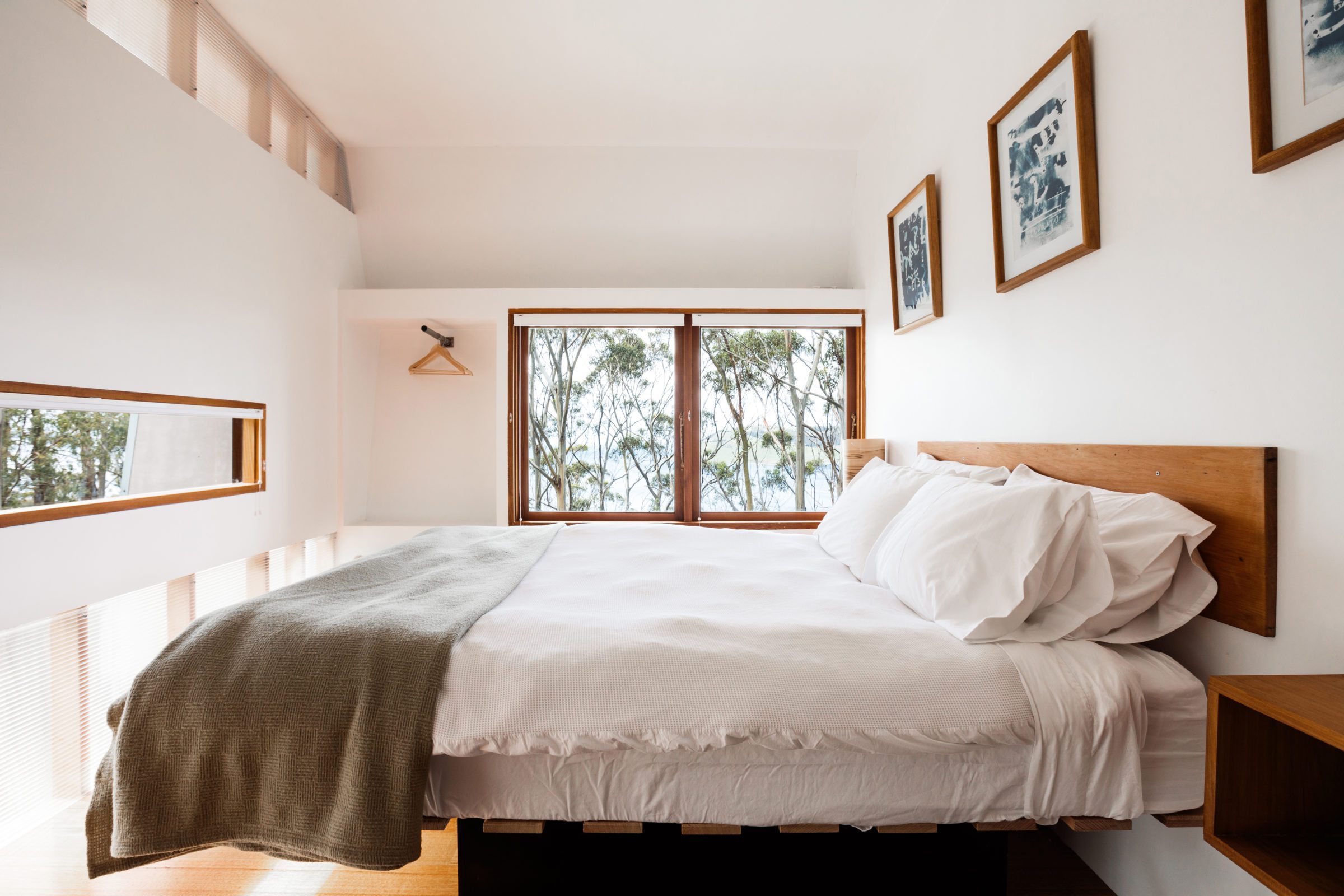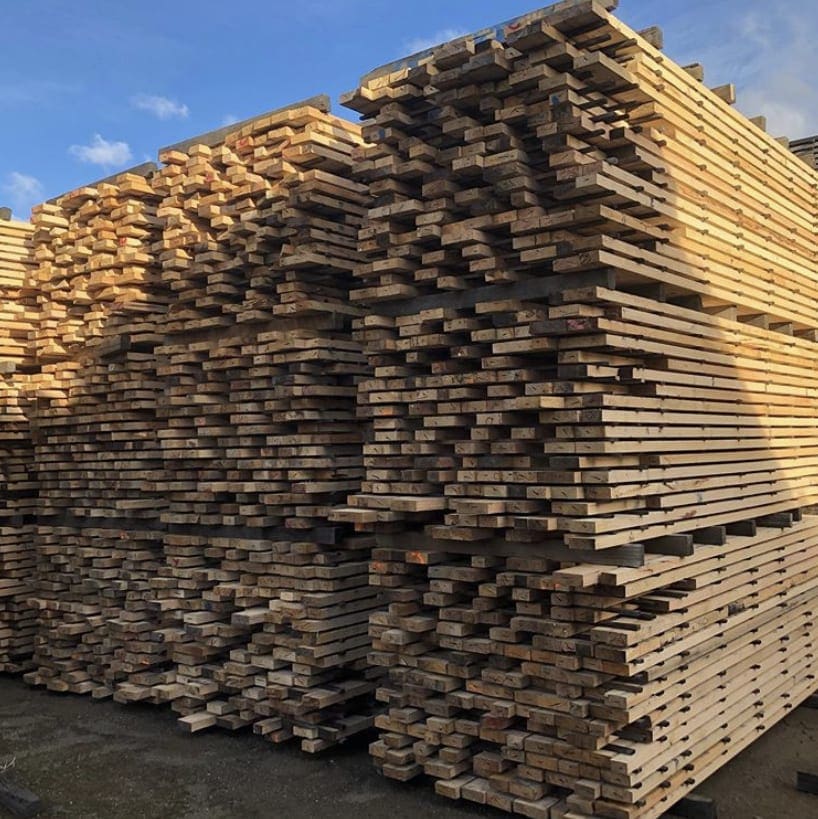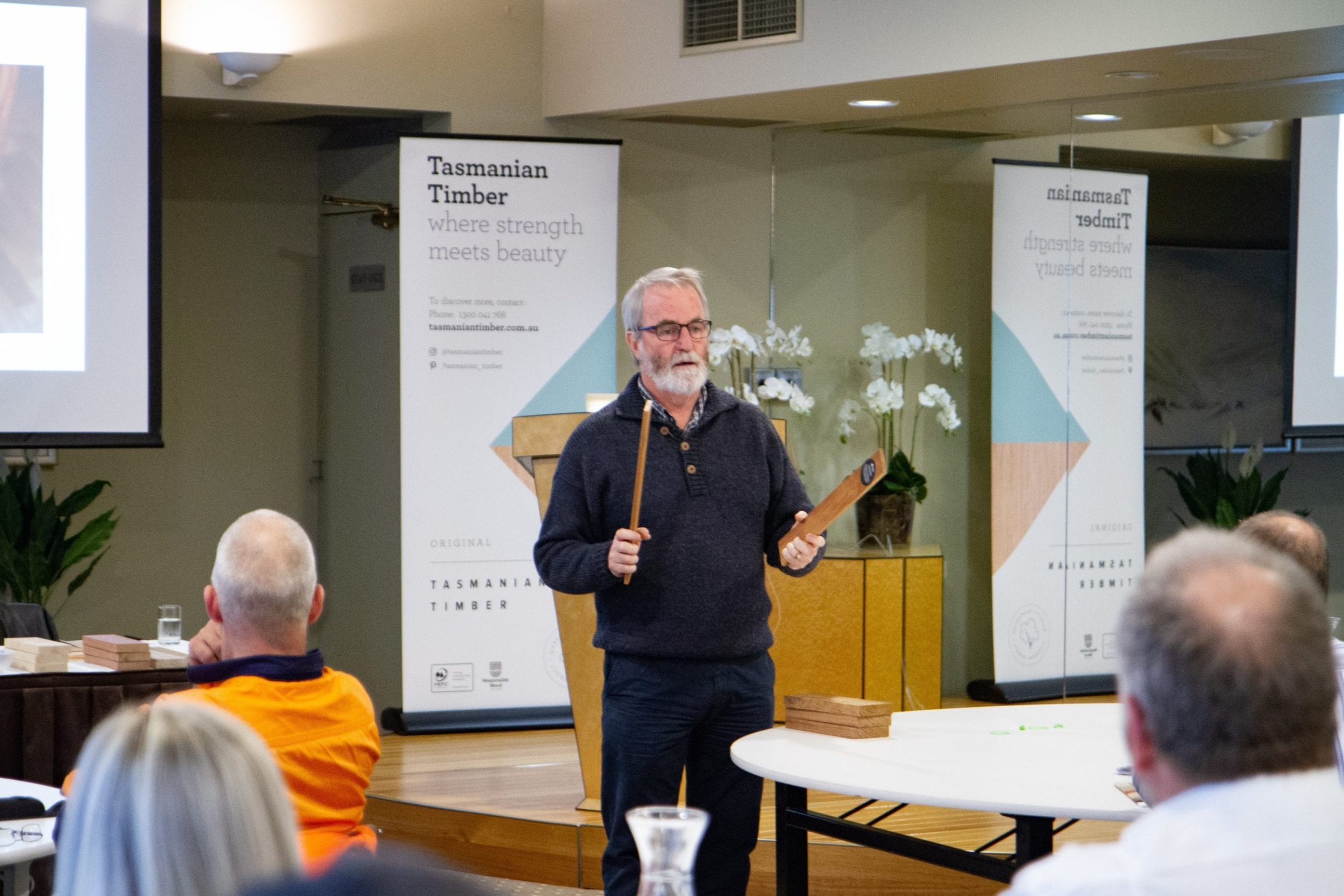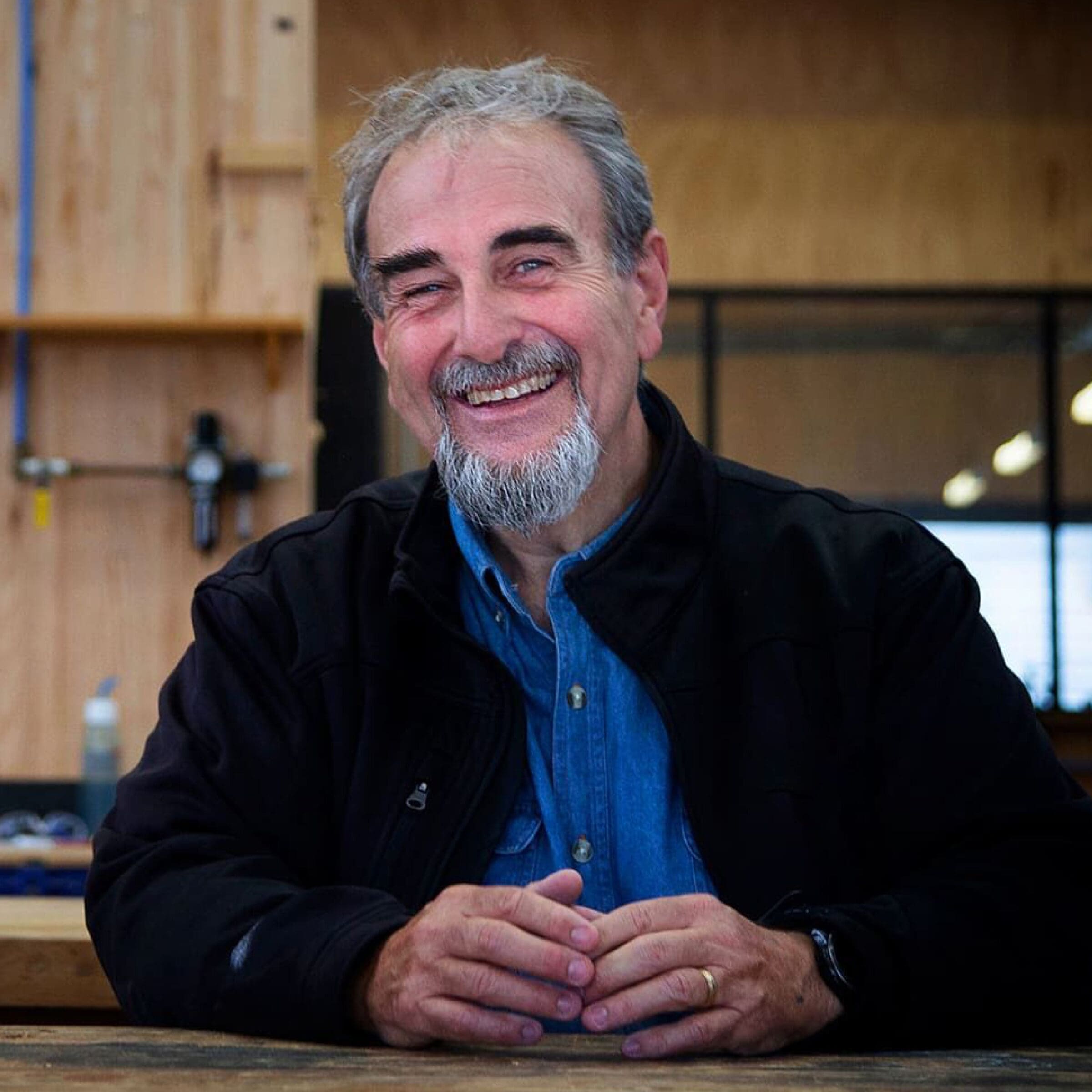Tasmanian Oak: Australia’s beloved material
Warm, dense and resilient, Tasmanian Oak is the preferred hardwood for a wide range of applications.
It can be used in all forms of construction as scantlings, panelling and flooring, and can be glue-laminated to cover long spans. Veneers, plywood and engineered products are also available, as well as its use in furniture making.
While each Tasmanian timber species brings forth different qualities and aesthetic attributes, the most abundant with the widest range of applications is Tasmanian Oak. Once thought of as a commodity product, Tasmanian Oak now sits at the top range of Australia’s hardwood supply and is ready to elevate residential and commercial projects with its beauty and strength.
Michael Lee has been in the timber industry for over 35 years and now is the Senior Technical Officer at the Center for Sustainable Architecture at the University of Tasmania. Offering his extensive knowledge to the Expert Timber Helpline to answer questions from architects, designers and specifiers, he shares with us his insights on the most specified Tasmanian timber species- Tasmanian Oak.
A stable Tassie staple
While an aesthetically beautiful timber, Tasmanian Oak also sets a high bar when it comes to the timber’s performance under the saw and in practical applications. With an extremely high level of machinability, its stability and predictability make it easy to cut and highly workable.
And Lee says that’s backed by research.
“We’ve done extensive work with the Australian Research Council’s Center for Forest Values looking at machinability of many Tasmanian species and have looked at plantation timber as well. Tasmanian Oak comes up at the top of the range when compared with other timbers. It’s a great product that’s stable and does exactly what you expect it to do.
“If the design figures say it’s going to shrink 0.2 of a percent per moisture content, it will do that 99 times out of a hundred. There is no massive amount of variability, irrespective of where the resource was grown in Tasmania. It doesn’t matter what part of the state the timber has come from; it will always perform the same.
“If the architect, designer or builder looks at the specs of what the timber is going to do and designs to it, there’s rarely an issue. Tasmanian Oak doesn’t do unexpected things.
“If we look at some of the Tasmanian timber works from designer-makers like Simon Ancher or Martin Johnston’s Tas Oak Custom Sideboard, they design around the product but it’s the consistency in that product that allows them to put out such high-quality work over so many years.”
Martin Johnston’s Tasmanian Oak Custom Sideboard. Photo credit: Tim Dave Reed
Prime and Classic
New to Tasmanian Oak flooring is the grading system which offers two styles- Prime and Classic. Both Prime and Classic meet all of the criteria of the Australian standard for structural design, moisture content and stability but offer two different aesthetics.
“Both products are technically the same with the exception the appearance. If you’re looking for a contemporary look with a lot of feature, Classic grade will have more character. Prime has a more traditional look with less figure.”
Tasmanian Oak in Captain Kelly’s Cottage by John Wardle Architects. Photo credit: Trevor Mein
Flooring and beyond
In addition to flooring, Lee explains the options for Tasmanian Timber applications are endless.
“From flooring to mouldings to linings, anything you can think of can come out of Tas Oak. The neutral tones and coastal blonde colours found in Tasmanian Oak are highly on trend at the moment but have also stood the test of time. It is an incredibly versatile timber. There’s great availability of the product with commercial quantities ready to be supplied.”
“We get a lot of inquiry around Tas Oak for external applications. As a residential application, it will do just fine but we have to use it within its design limits. If it’s an above ground product, it has to suitably coated.”
“We still have houses in Tasmania that are 150 years old made from Tas Oak weatherboards with their original paint on them. So, the product is definitely out there, still being sold today, it just comes down to its detailing and coating.”
Tasmanian Oak at the Midway Point House. Photo credit: Adam Gibson


